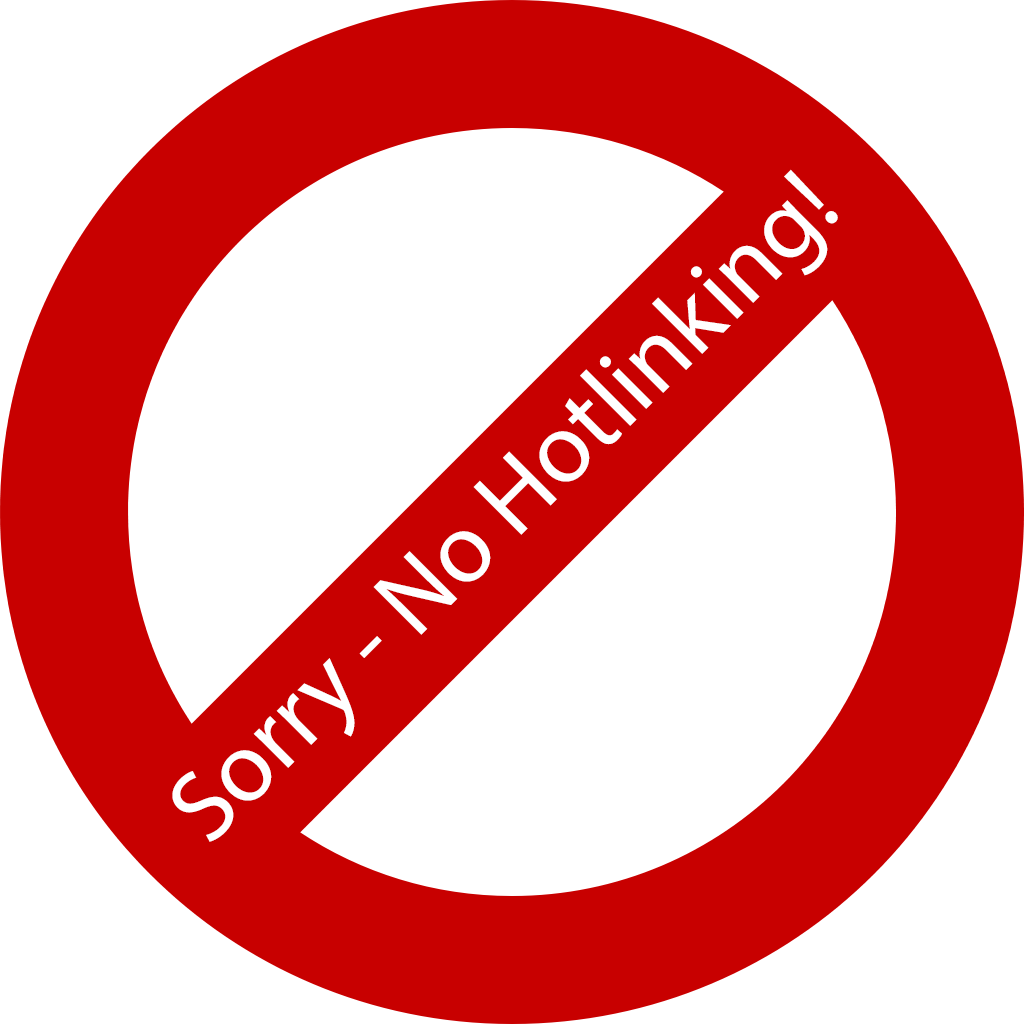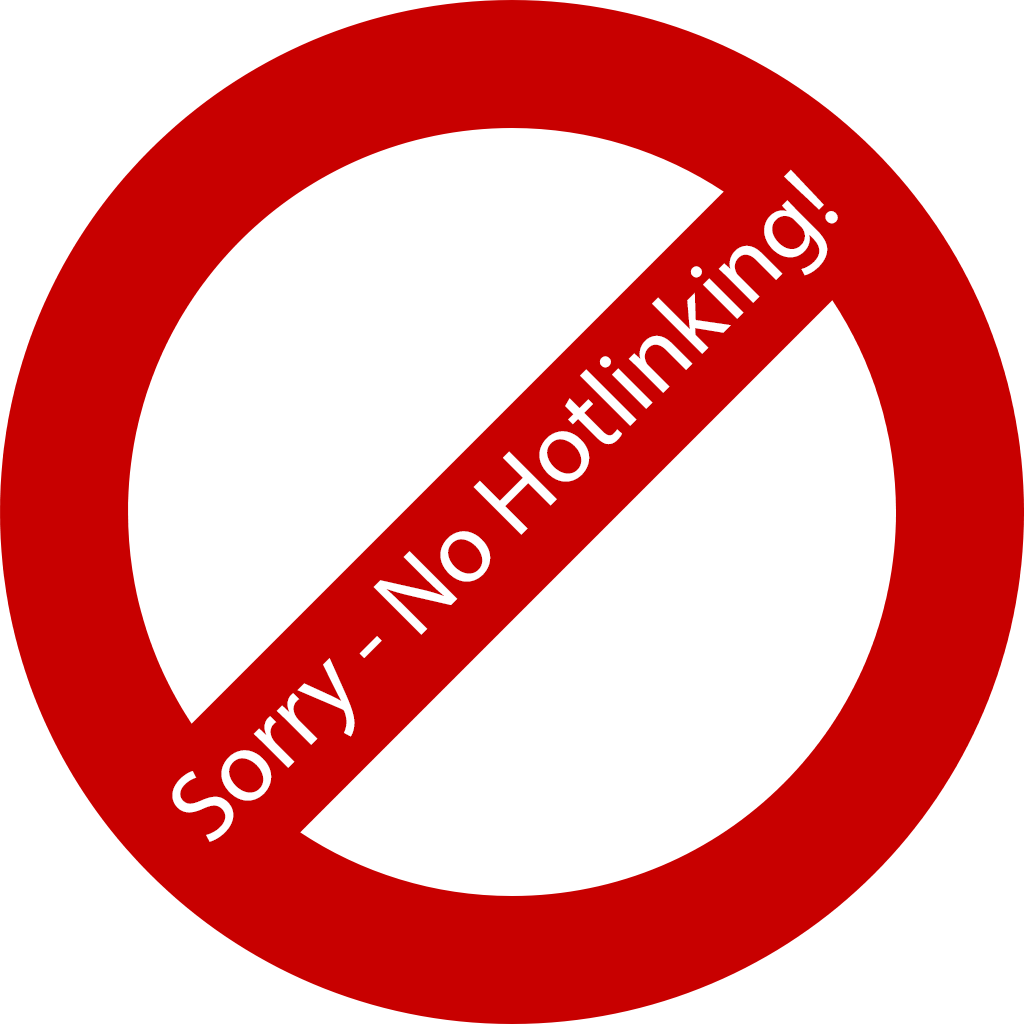Class 109 Wickham 2-car DMUs
Operations
The units worked passenger services solely on the Eastern Region, mainly on branch lines and local services in East Anglia. They would be allocated to Stratford, Cambridge and Norwich depots. Two sets would end up overseas in Trinidad.
Battersea
An exhibition was held at Battersea Wharf Goods Depot on the 28th, 29th & 30th June 1957 entitled "Modern Traction Travel Exhibition", to show the public some of the features of the modernisation plan. It featured coaches built by both British Railways and private builders, diesel locos, and the BTC also selected a Wickham set. The exhibition was devoted to show how BR and private manufacturers could do to provide comfortable and well designed passenger vehicles and the Class 109 cars were well praised for their attempts to achieve, ease of cleaning internally, and their improved front end design. The cars were a constructional innovation for British Railways, and to show the interesting features the trailer car was provided in skeleton form, alongside completed DMBS 50415. They can be glimsped in a British Pathe newsreel - on YouTube or on their website.
Stratford
All vehicles were delivered new to Stratford depot (30A) on the following dates according to Wickham's
records:
E50415 / E56170 on 8/8/1957
E50416 / E56171 on 29/10/1957
E50417 / E56172 on 29/11/1957
E50418 / E56173 on 16/4/1958
E50419 / E56174 on 25/8/1958
50415/56170 appeared on the Wickford - Southminster branch during the first week of September 1957, working with Stratford Derby Lightweights. The services were altered to run hourly on weekdays and two-hourly on Sundays, all connecting with the fast trains from Liverpool Street and Southend instead of the slow trains as previously.
50416/56171 appeared at Southend on the 11th December 1957. [1]
By January 1958 50415/6/7 with 56170/1/2 (the only sets so far delivered) were regularly working the Upminster - Romford branch, and had the appropriate destination blinds.
Two sets formed an excursion from Chelmsford to Bourne End/Windsor on 20 May 1958.[2]
Cambridge
All five sets were re-allocated from Stratford to Cambridge depot (31A) in late 1958 / early 1959, a swap for Derby Lightweight sets 79021-5/79613-7. The first set (50418/56173) moved in October (just weeks after being delivered) and three sets in November.
In December 1958 and January 1959 the Minister of Transport travelled on a set for a tour of the ER's London Area. This could be the reason the fifth and final set (50417/56172) was not transferred from Stratford to Cambridge until January 1959.

With all five sets working from Cambridge they could be found at places such as Manningtree, Witham, Braintree, Kings Lynn, Ipswich, Chelmsford and Peterborough.
The image shows a set north of Ely, on the March route, with the 4.51pm Ely - Peterborough service on Sunday July 19th 1959. Michael Mensing.
Another diagram they would work from Cambridge was the Mildenhall branch, and 50416 + 56171 had the honour of working the last regular passenger service on this line, the afternoon train from Cambridge and return on 16 June 1962.[3]
Trinidad
The sets were considered surplus soon after introduction, and being a 'non-standard' design allowed British Railways to sell back two sets in September 1961 (50415/56170 & 50419/56174) at the request of Wickham & Co who had overseas buyers for them - the Trinidad Government Railway. They were scheduled to move at 11.15am on 25 September 1961 from Ware to West India Docks in London for shipping.[4]
Some footage of the Class operating both in the UK and Trinidad can be found in Trinidad's Lost Railways Part 4 on youtube.

The final section of the Trinidad railway system between Port of Spain and Arima closed on 28 December 1968. By 1980 at least one car had been grounded and used as a road side cafe. The image shows the cafe in the outer suburbs of Port of Spain in February 1986. Alistair Ness.

The next image shows one of the three remaining UK Wickham sets at Manningtree on 29-7-64. Tim Stubbs.
Bletchley-Cambridge
While allocated to Cambridge the sets could be found on workings to Bletchley. Observations included:[5]
Late 1965 - E50418 + E56173
mid 1966 - E50417 + E56172
12/5/66 - E50416 + E56171 in blue livery
Departmental
As far back as August 1965 there was mention of converting one of the three sets to an inspection saloon[6]. In August 1966 50416 + 56171 were reallocated from Cambridge to Stratford, and by the end of 1967 they were transferred to departmental stock, leaving just two sets in passenger traffic (50417/8 and 56172/3) at Cambridge.
Norwich

In May 1970 the two passenger sets were transferred from Cambridge to Norwich depot (32A).
The final image shows a set sitting in Norwich Thorpe alongside blue GRC&W /green Cravens sets, date unknown. Walter Burt.
The December 1970 Railway Observer (p415) noted that 50417 was now running with Class 100 DTC 56317, and 56172 was running with Class 100 DMBS 51125.
In April 1971 DMBS 50417 was withdrawn, and normal passenger services ended for the class in October 1971 when 50418/56172 and 56173 were condemned.

Disposal
Power car 50417 moved to Archie King's yard at Wymondham in December 1972 and was cut the same month. 50418 was bought by Barlborough Metals, Rotherham but cut on the premises of Slag Reduction at Parkgate in March 1973.
Trailers 56172/3 arrived at the Beighton yard of TW Ward in Feburary 1973 and were cut circa October 1974 (56172) and circa November 1974 (56173).
The image shows E56172 at Beighton on 24 June 1974. Mr Deltic.
References
- ⋏ p19 January 1958 Railway Observer
- ⋏ "Motive Power Miscellany" p391 July 1958 Trains Illustrated (Ian Allan)
- ⋏ Comment added to photo on Rail Online website, accessed 21 June 2020
- ⋏ p360 November 1960 Railway Observer
- ⋏ email Roy Endersby to Stuart Mackay 28 November 2022
- ⋏ p473 August 1965 Modern Railways
The Railway Observer is the journal of the Railway Correspondence and Travel Society
Summary
Description
Interiors
Diagrams & Driving Instructions
Numbering
Liveries
Operations
Allocations
Non-Passenger Use
Images
The preserved Wickham unit (external site).
Thanks to Andrew Middleton and Keith Gunner for additional information.



